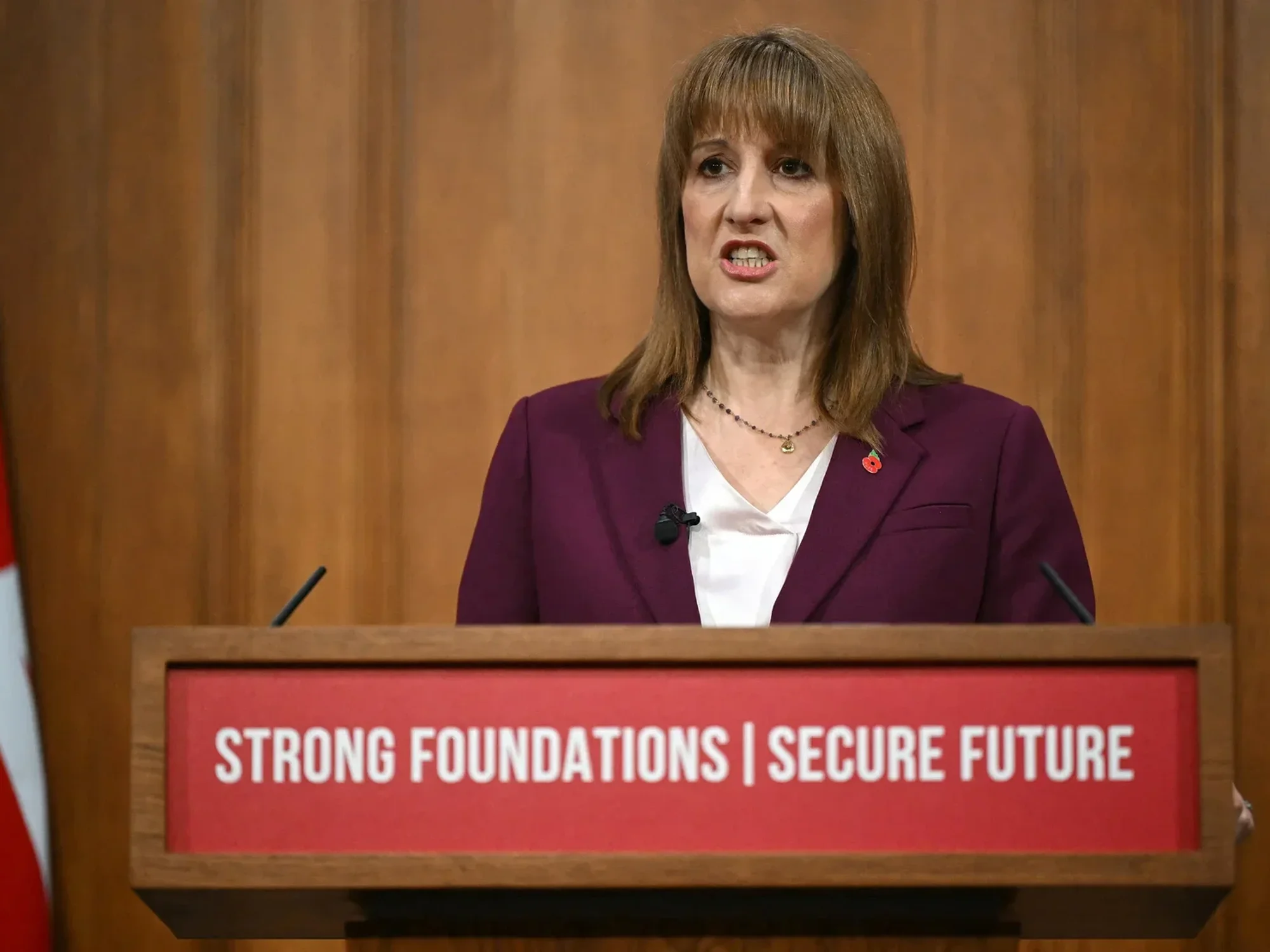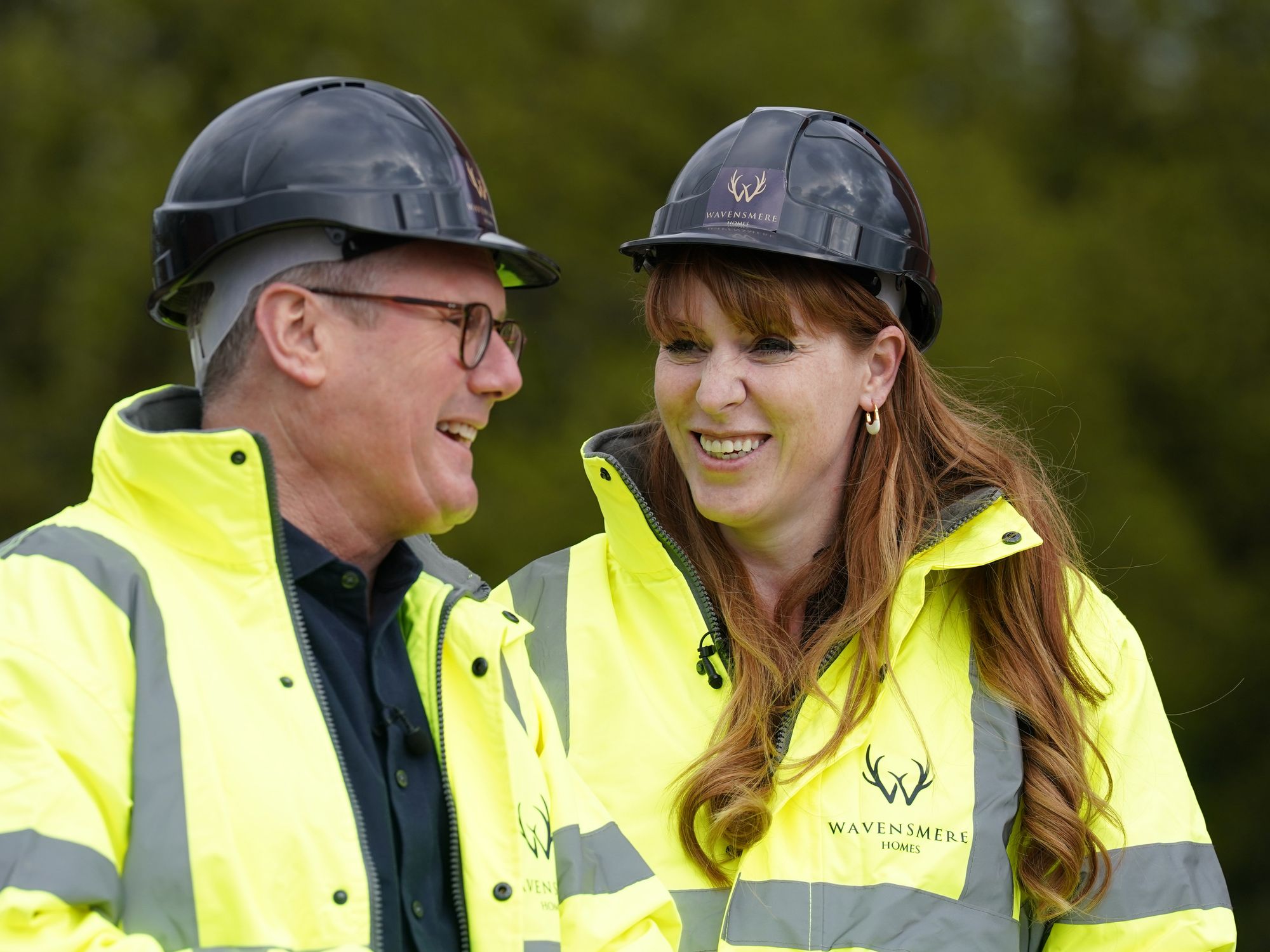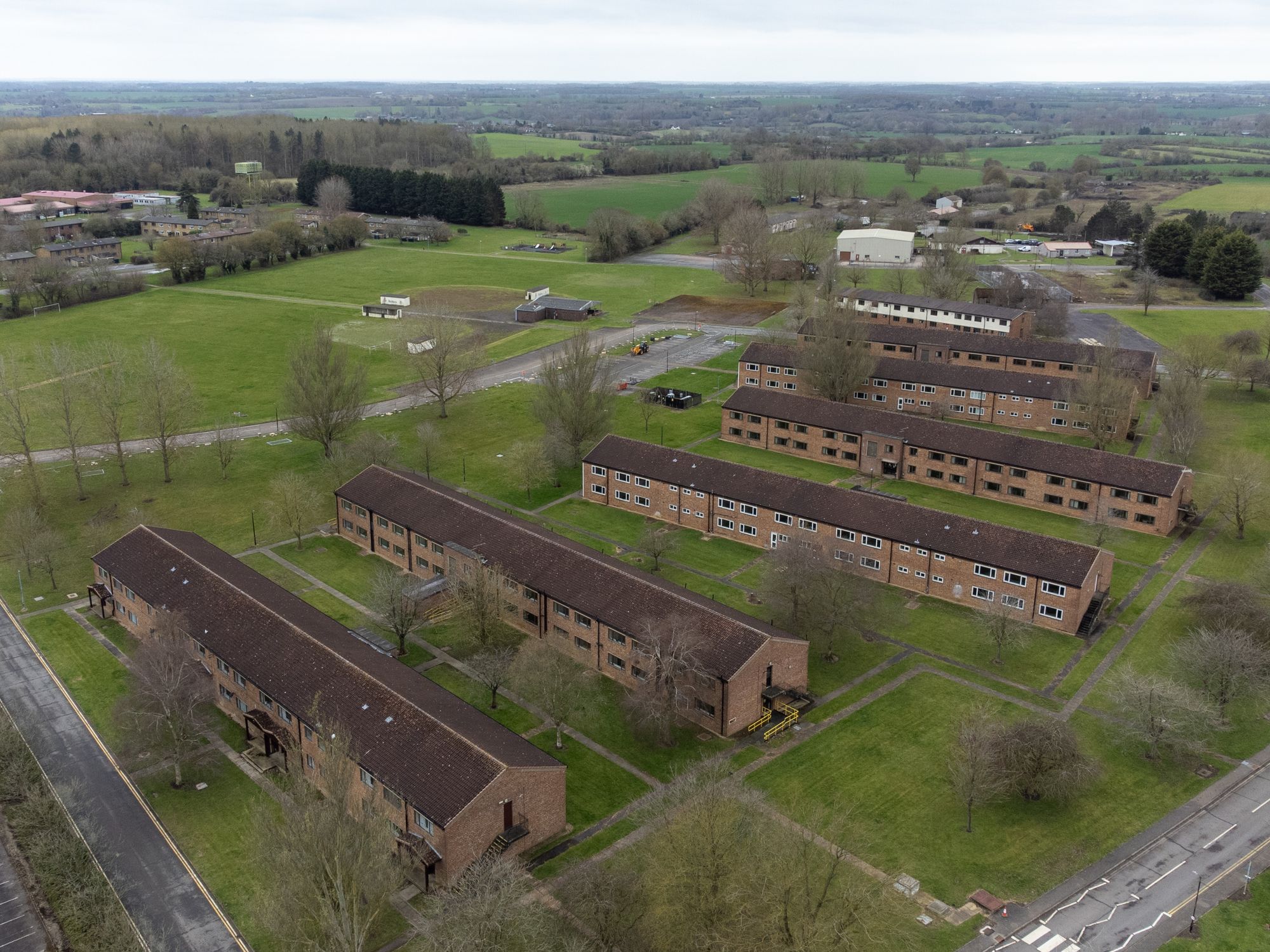Archaeology breakthrough as Viking age burial site discovered with 'spectacular' ancient objects

A museum archaeologist believes the graves belonged to a noble Viking family
Don't Miss
Most Read
Archaeologists have uncovered a 10th-century Viking burial site in northern Denmark containing a remarkable collection of ancient artefacts.
The discovery occurred during construction work near Lisbjerg, a village approximately seven kilometres north of Aarhus and 1,260 kilometres east of London.
Workers initially found pearls, coins, ceramics and a box containing gold thread at the site. Further excavation by the Moesgaard Museum in Aarhus revealed approximately 30 graves dating from the second half of the 10th century.
The burial ground dates to the reign of King Harald Bluetooth, who introduced Christianity to Denmark.
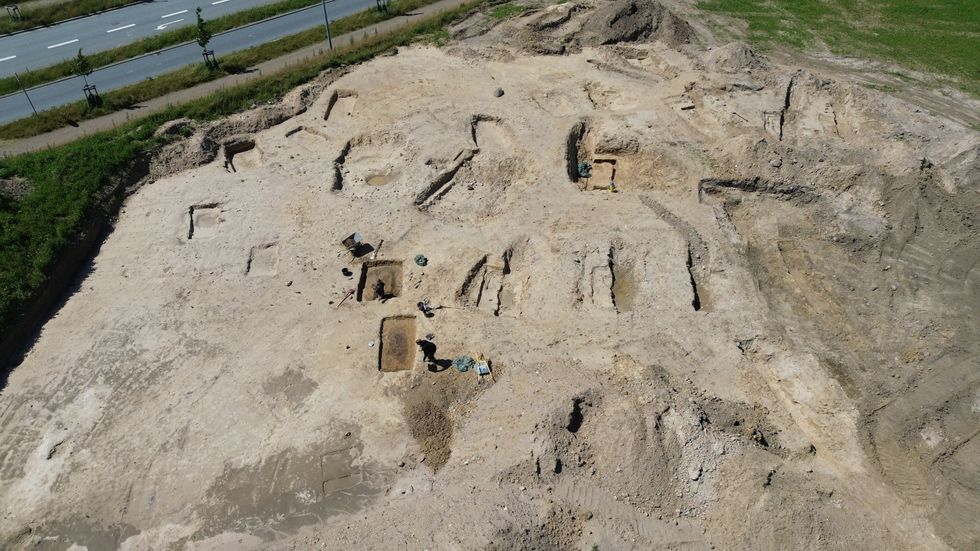
An aerial photo shows archaeologists working at a Viking Age burial site in Lisbjerg
|GETTY
Museum archaeologist Mads Ravn believes the graves belonged to a noble Viking family whose farm was discovered nearby in the late 1980s.
Among the discoveries was a grave believed to belong to an important woman, containing a decorative box filled with objects and a pair of scissors.
Ravn said: "It's very rare. There's only three of them we know of."
He also noted that similar items have been found only in south-east Germany.
LATEST DEVELOPMENTS:
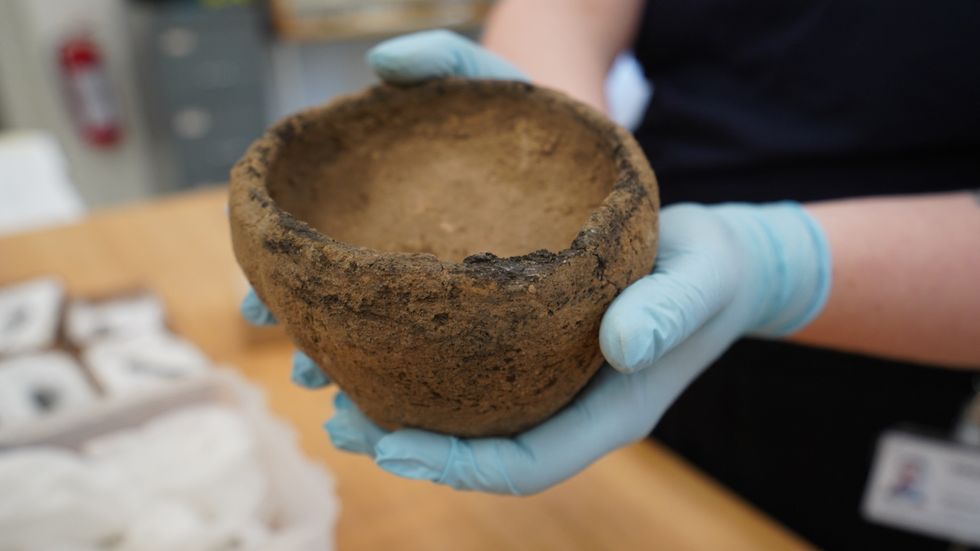
A Moesgaard Museum conservator holds a Viking Age ceramic bowl discovered at a Viking Age burial site in Lisbjerg
|GETTY
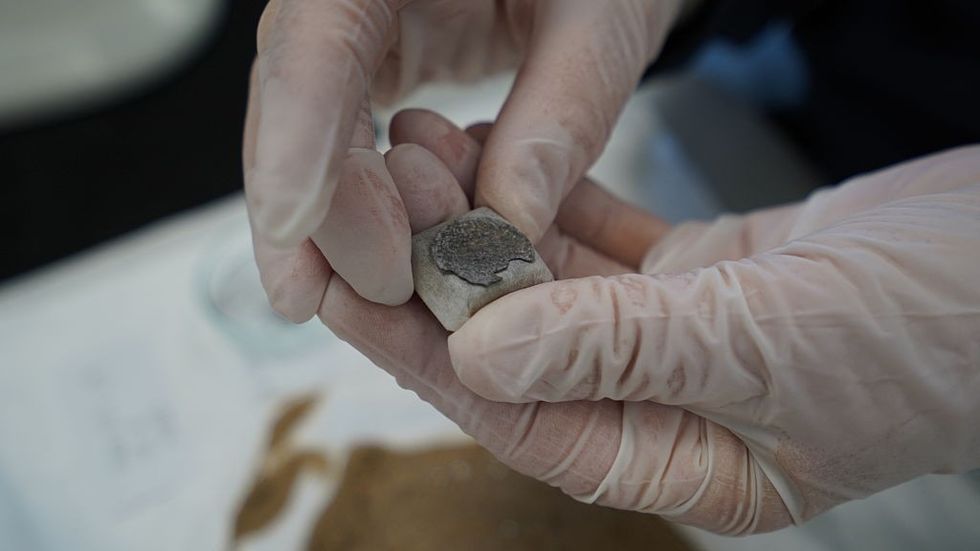
Conservator Helle Strehle holds a Viking Age silver coin discovered at a Viking Age burial site in Lisbjerg
|GETTY
The site yielded human remains including teeth and bones.
The archaeologist explained: "People basically took what was important to them into the grave because they wanted to transfer it to the other world."
Excavations at Lisbjerg are scheduled to conclude this week.
Experts will then begin a detailed analysis of the recovered objects, with wooden artefacts expected to help accurately date the burial site.
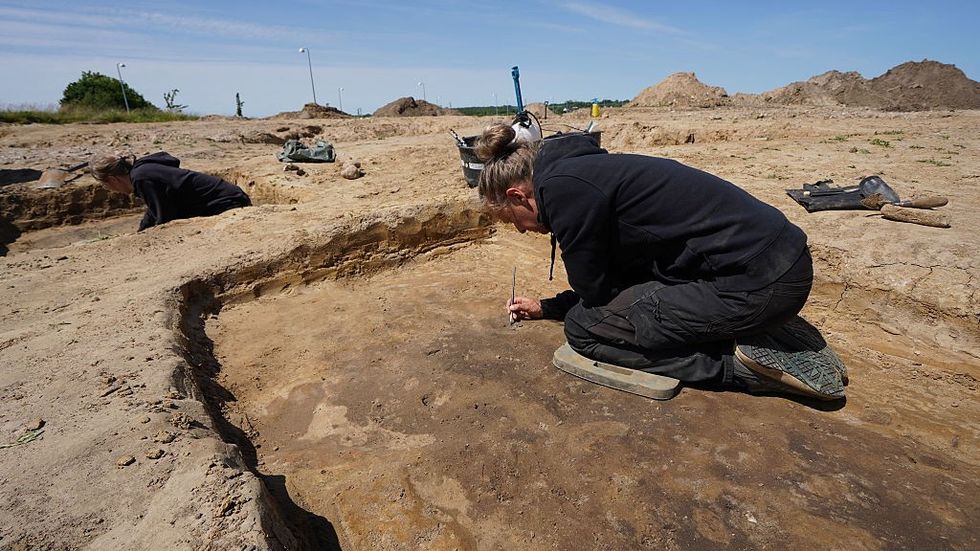
A photo shows archaeologists working at a Viking Age burial site in Lisbjerg
|GETTY
The graves' occupants may have held significant positions in Harald Bluetooth's administration.
"This could have been one of Harald Bluetooth's earls or stewards," Ravn said on Tuesday, explaining that the king appointed nobles to manage various regions.
During the Viking age, which spanned from the eighth to the 11th century, the discovery location Aarhus served as both a royal and commercial centre, making it one of Denmark's most important cities.
The connection between the burial site and the noble farm discovered less than a kilometre away in the late 1980s strengthens archaeologists' understanding of Viking-era social structures and settlement patterns in the region.





